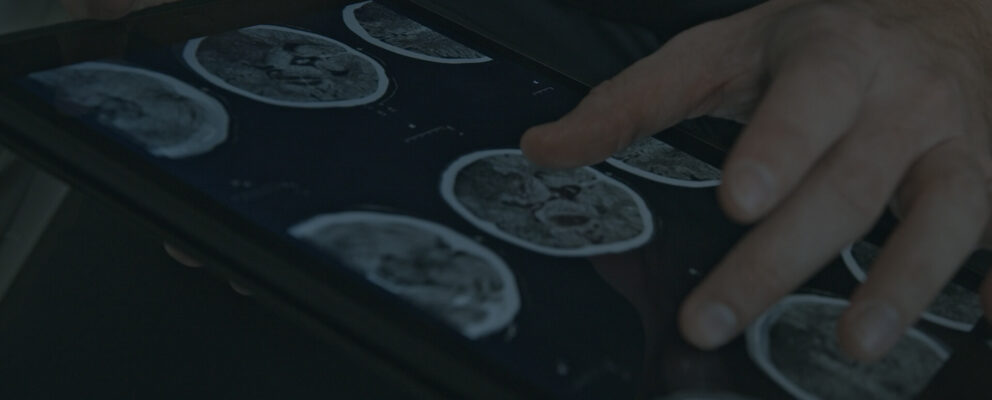PROGRAM DESCRIPTION: 25% of infants/children experience some degree of dysphagia and the incidence is even higher in infants/children with airway anomalies. Sialorrhea often is both a manifestation of and an exacerbating factor of thin liquid dysphagia. Aspiration associated with pediatric dysphagia and drooling frequently results in varying degrees of respiratory compromise increase the risk/severity of infections, poor surgical outcomes and medical usage. To improve surgical outcomes and avoid complications, otolaryngologists should be prepared to recognize and manage dysphagia appropriately. A better understanding of common non-otolaryngologic etiologies which can contribute to dysphagia, the diagnostic modalities involved and treatment options will result in better surgical and clinical care. In this discussion, our multidisciplinary panel will review the key presenting symptoms of pediatric dysphagia, aspiration and uncontrolled sialorrhea, discuss the interactions between non-otolaryngologic organ system pathologies and swallowing function and how recognition and treatment of non-otolaryngologic disorders, dysphagia and sialorrhea can improve your treatment of airway anomalies and breathing disorders. We will discuss complications associated with uncontrolled dysphagia and aspiration and review the diagnostic modalities available, including: use of video fluoroscopic swallow (VFS), fiberoptic endoscopic evaluation of swallow (FEES), esophagography and manometry. Medical interventions, including oral strengthening exercises, diet modifications, thickening agents, reflux and promotability medications and drying agents will be discussed. Lastly, we will discuss the medical work up of pediatric dysphagia, review the surgical options for management of aspiration as well as medical and surgical options of sialorrhea.OUTCOME OBJECTIVE 1: OBTAIN A BETTER UNDERSTANDING OF PEDIATRIC DYSPHAGIA, ASPIRATION & SIALORRHEAOUTCOME OBJECTIVE 2: BE ABLE TO RECONGIZE WORRISOME SIGNS & SYMPTOMS OF DYSPHAGIA, ASPIRATION & SIALORRHEAOUTCOME OBJECTIVE 3: OBTAIN A BETTER UNDERSTANDING OF HELPFUL INTERVENTIONS TO ADDRESS DYSPHAGIA, ASPIRATION & SIALORRHEABACKGROUND STATEMENT: Dysphagia and sialorrhea are common in children, often present with noisy breathing and often co-exist with airway structural anomalies. The co-existence of dysphagia, aspiration and uncontrolled sialorrhea can result in greater surgical complications.
- Provider:American Academy of Otolaryngology – Head & Neck Surgery Foundation
- Activity Link: http://media.mycrowdwisdom.com.s3.amazonaws.com/aao-hnsf/2023_Annual_Meeting_Webcasts/23AMW2409979.mp4
- Start Date: 2023-10-01 05:00:00
- End Date: 2023-10-01 05:00:00
- Credit Details: AMA PRA Category 1 Credit™️: 1.0 hours
- MOC Credit Details: ABOHNS - 1.0 Point; Credit Type(s): Self-Assessment (ABOHNS)
- Commercial Support: No
- Activity Type: Enduring Material
- CME Finder Type: Online Learning
- Fee to Participate: Yes
- Measured Outcome: Community/Population Health, Learner Competence, Learner Knowledge, Learner Performance, Patient Health
- Provider Ship: Directly Provided
- Registration: Open to all
- Specialty: Laryngology

